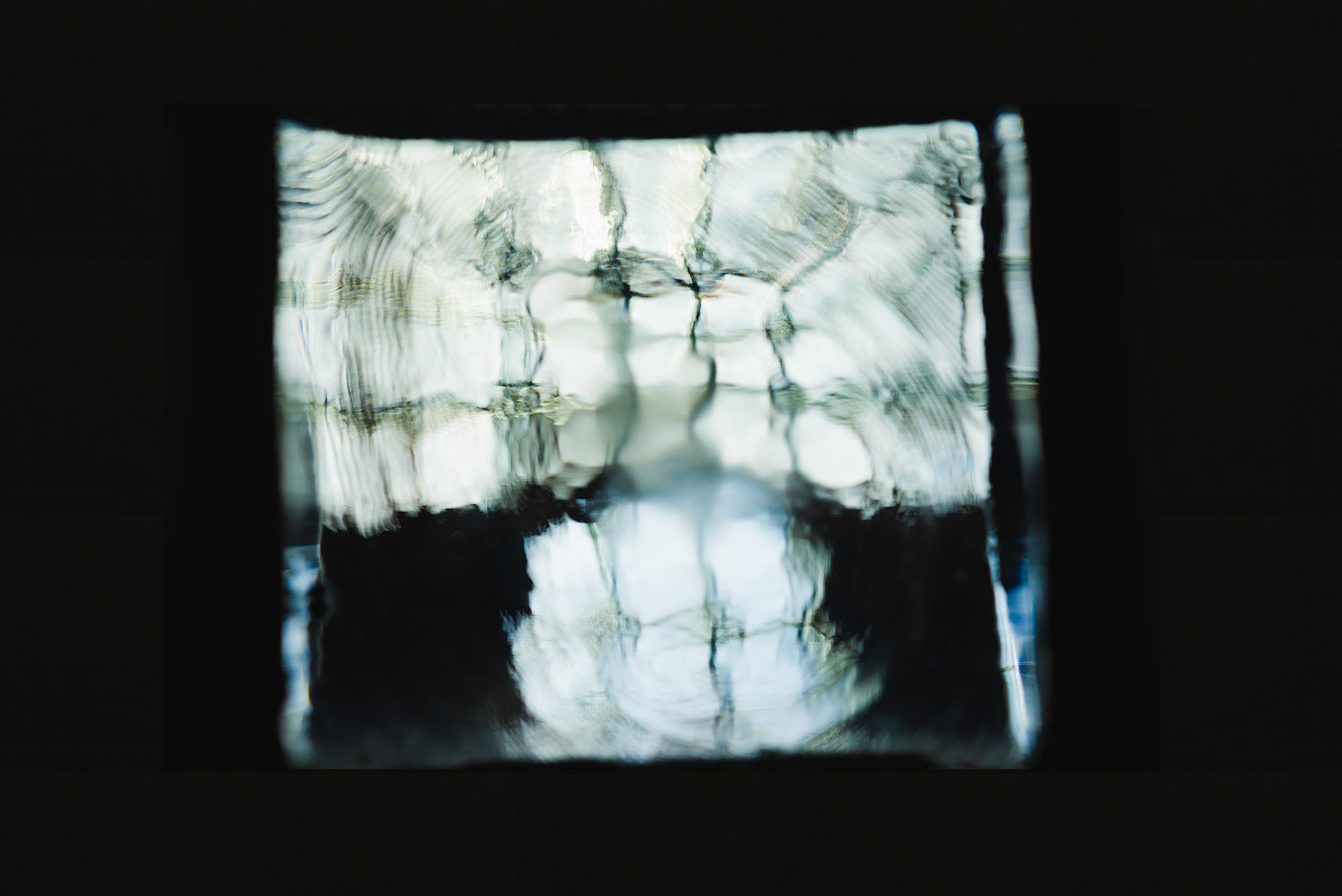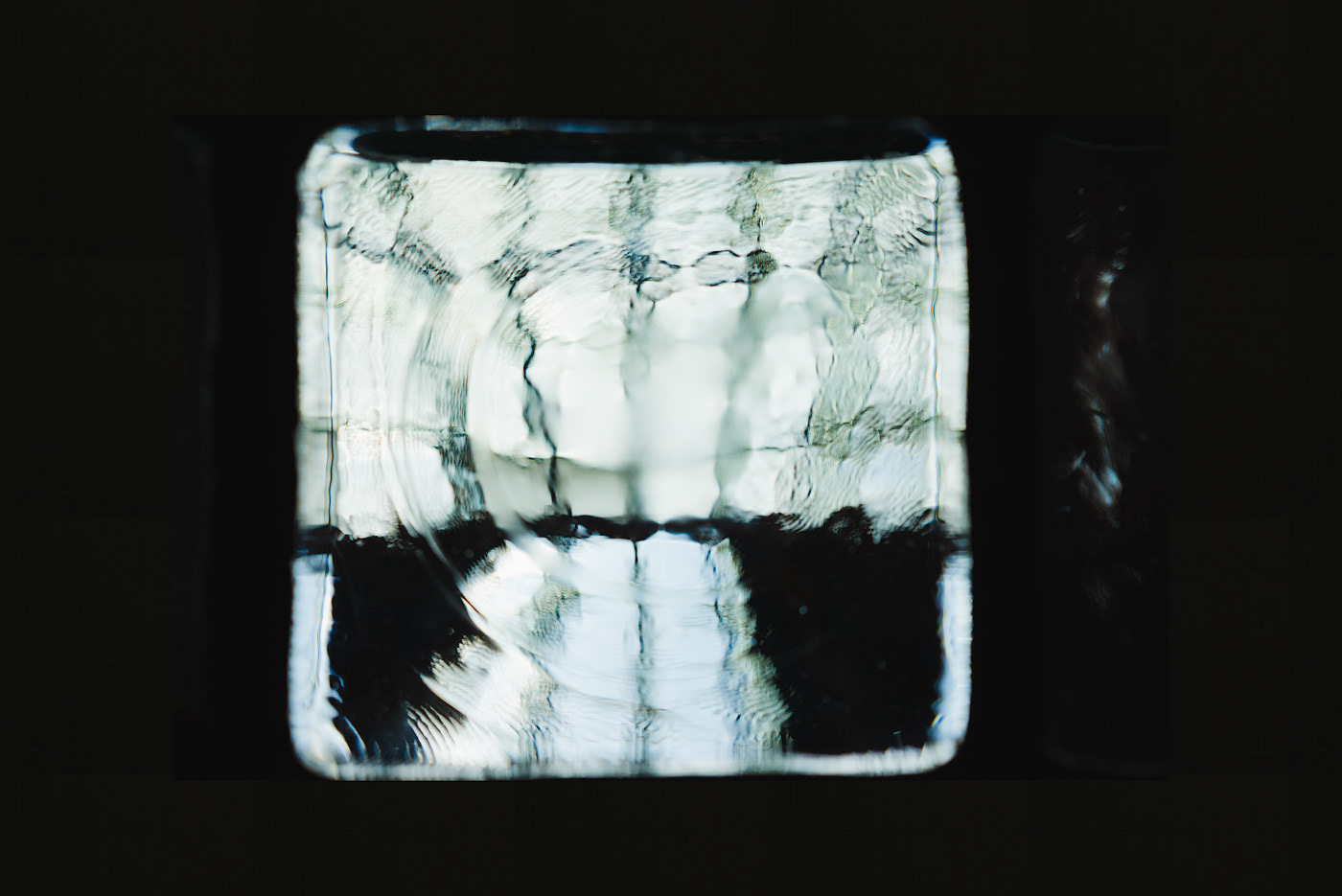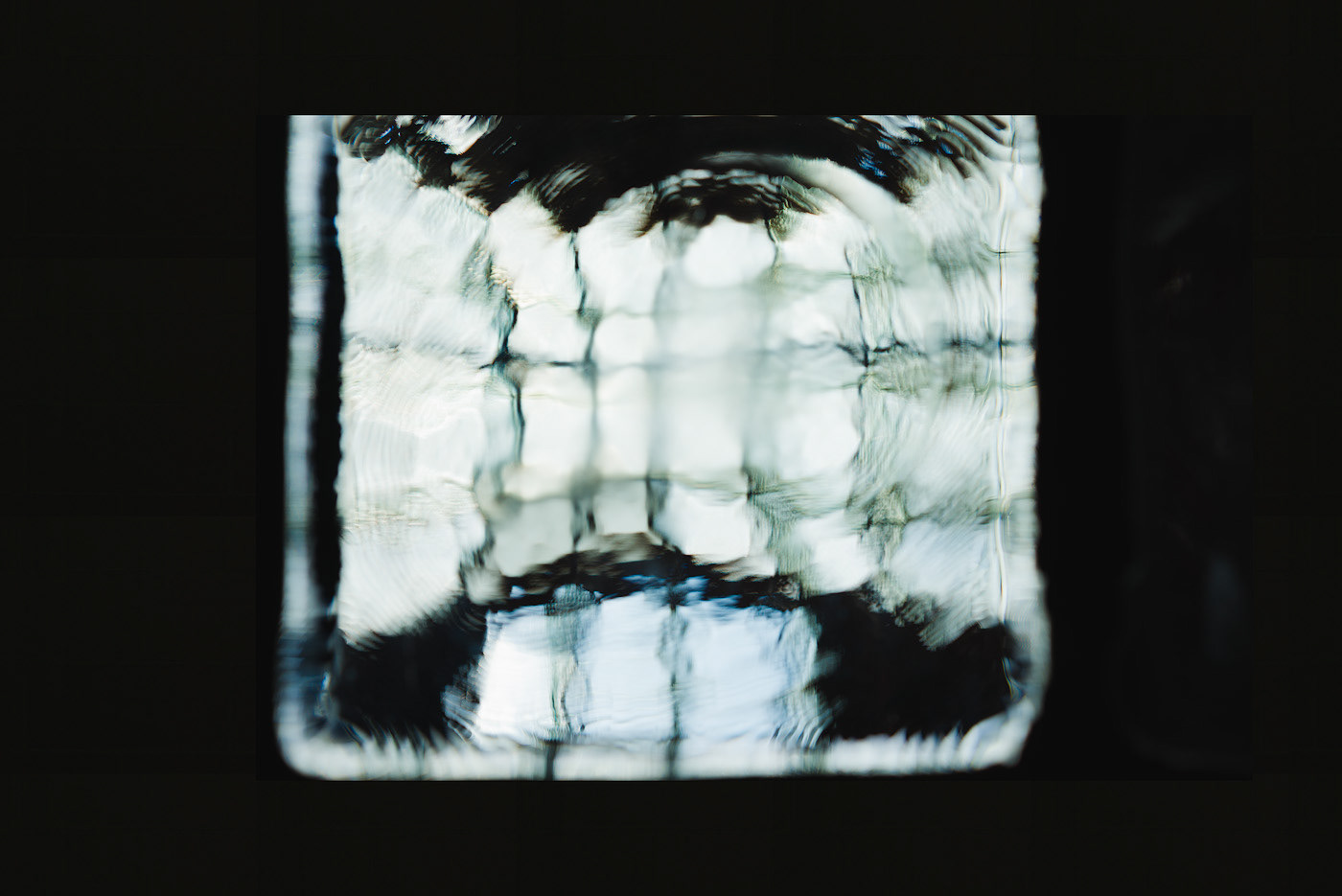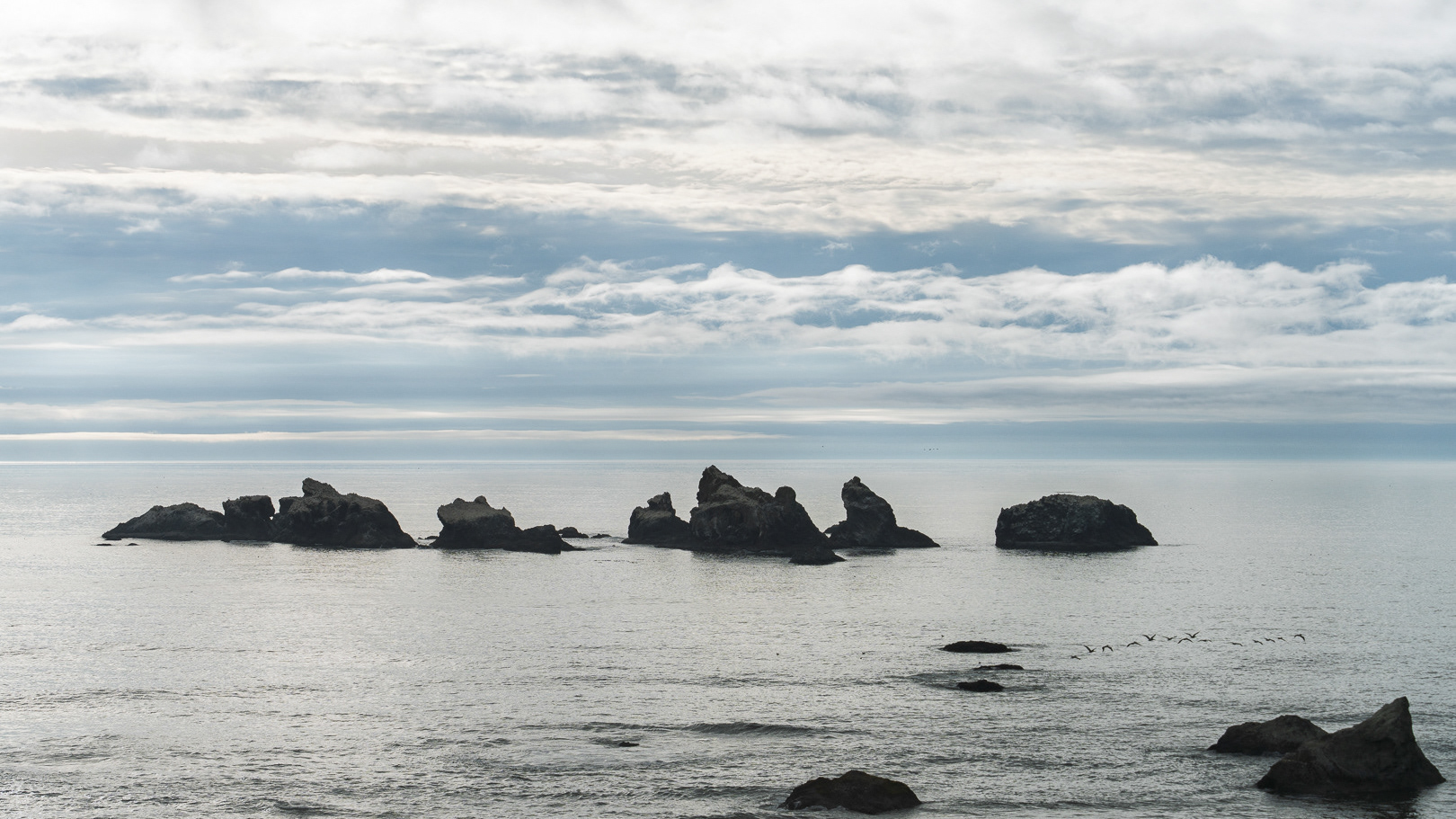During a stay in San Francisco in 2014 with my wife and her family at Christmas, we were lucky to score tickets to see Ai Weiwei’s exhibit @Large On Alcatraz. The exhibit consisted of seven installations in various buildings and spaces within the prison. They dealt with human rights and freedom of expression drawing parallel’s between prisoners and “free” citizens living under repressive governments.
The exhibit I interpret here was in the hospital wing of the main cellhouse. Apart from the main hospital cells were two tiled cells called “bug rooms” or “bug cages” used to isolate and observe mentally ill or disturbed prisoners. The sound installation, Illumination, resonating within the rooms was of Tibetan monks chanting and traditional Hopi song, Hopi men being among the first prisoners of conscience for refusing to send their children to government boarding schools. The walls of the rooms are a dingy beige color and the floors are concrete. In one of the empty rooms, which is in reality just a landing in a stairwell that is about 8 by 10 feet with the opening to the upper stairs walled off, there is only one window. The window has been remodeled and is now glass bricks cemented around a thick etched glass block. The light passing through them is refracted and highly distorted even though some semblance of the iron grate that closes off the deeply set window can be just barely seen.
I was struck by this “window” and how it was, instead, a mirror reflecting the occupant’s mental state rather than helping to steady their mind with a view of some reality other than what they were experiencing. The experience of this room with the window, out of all the moving experiences in this exhibition, this is the one I wanted to interpret with the camera. The following images are of what is seen through this window.
Click on photo to enlarge.





















